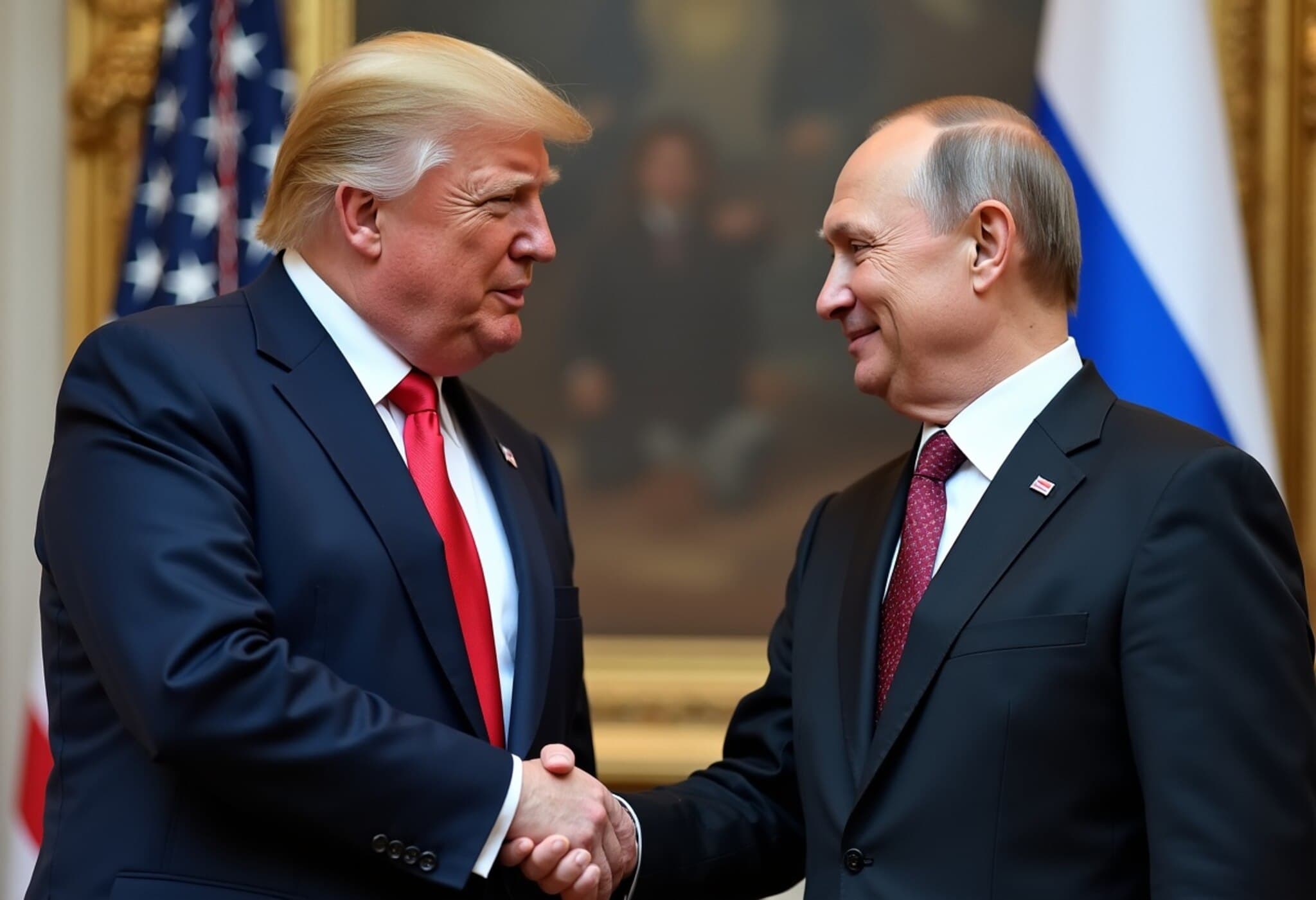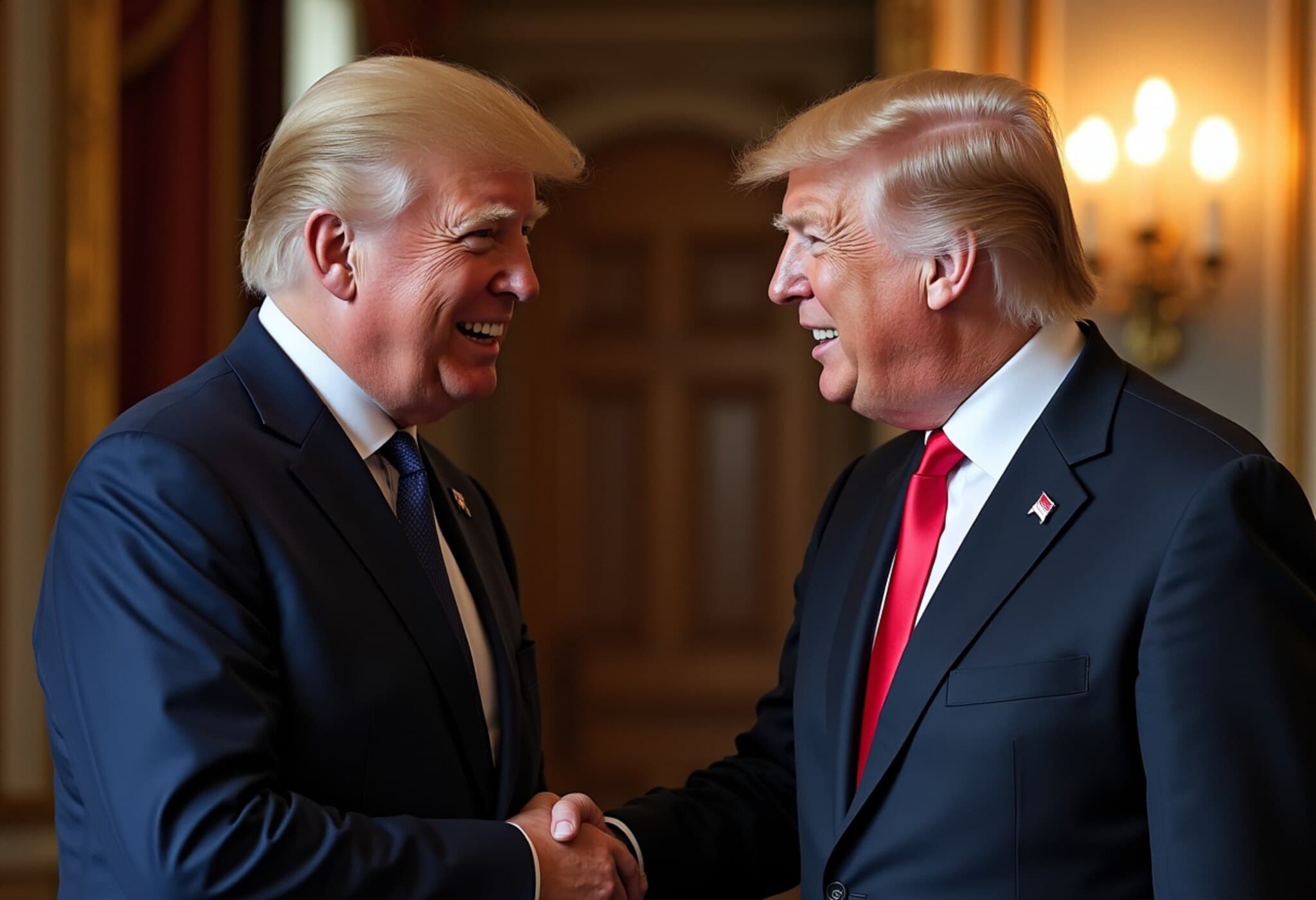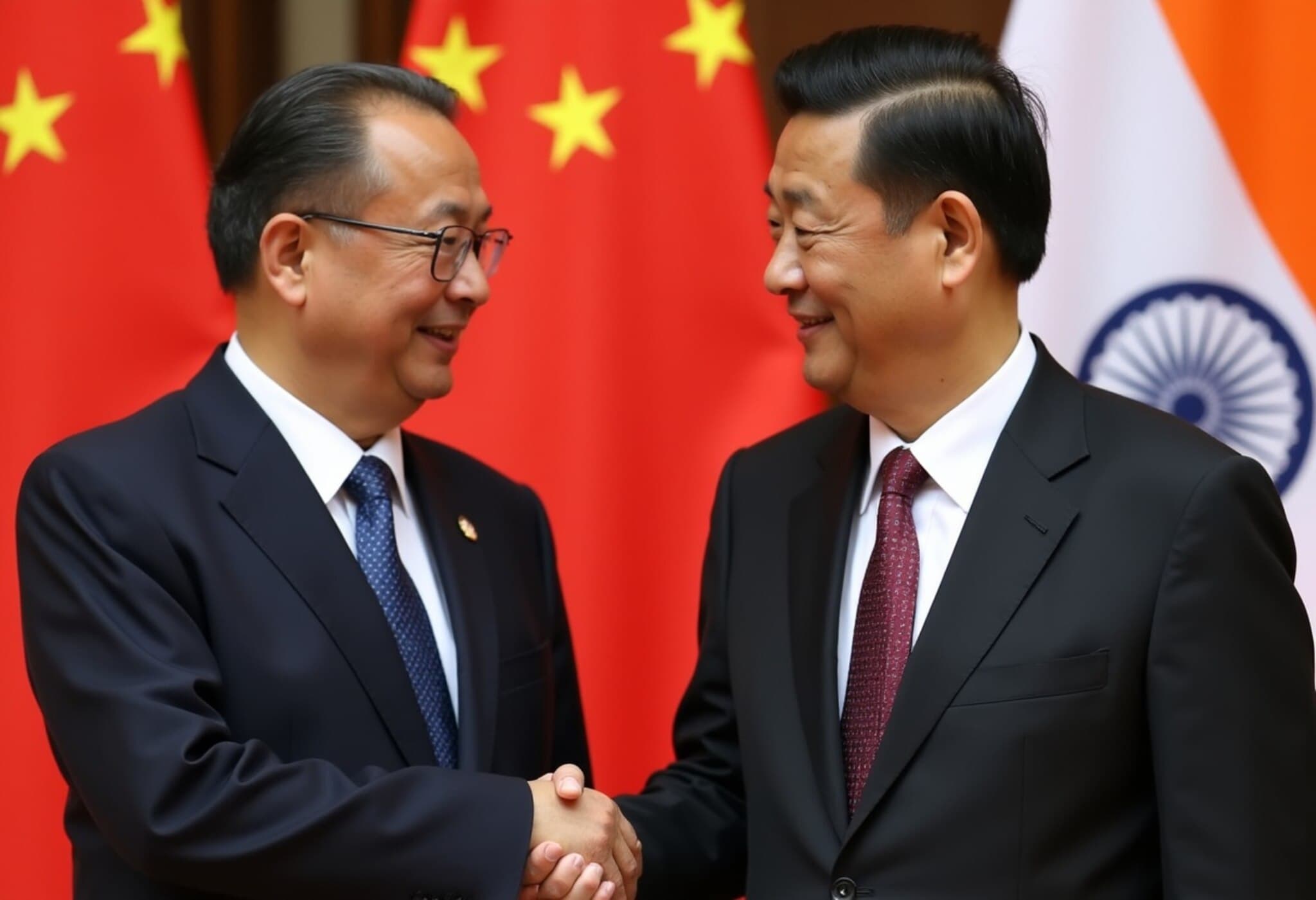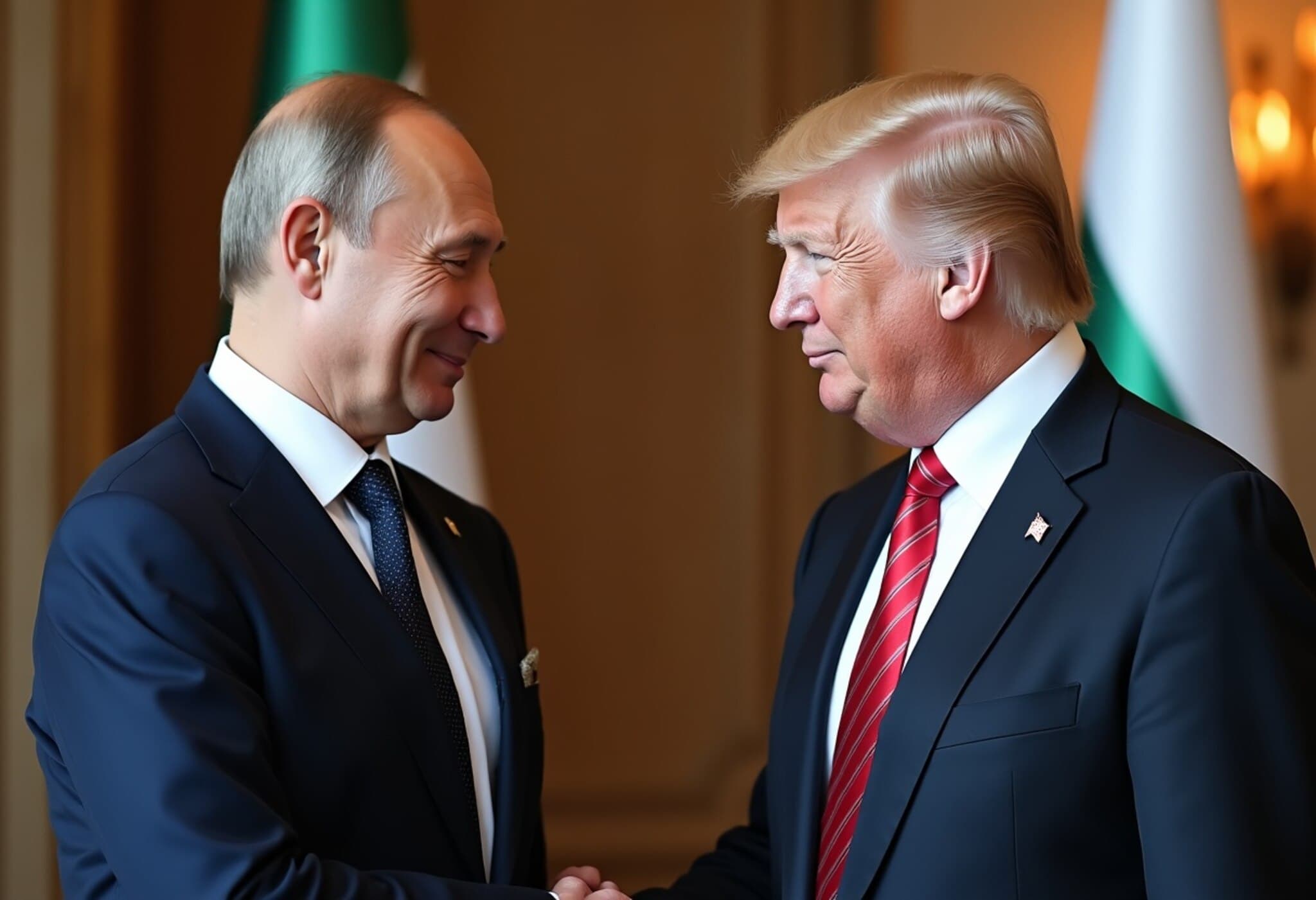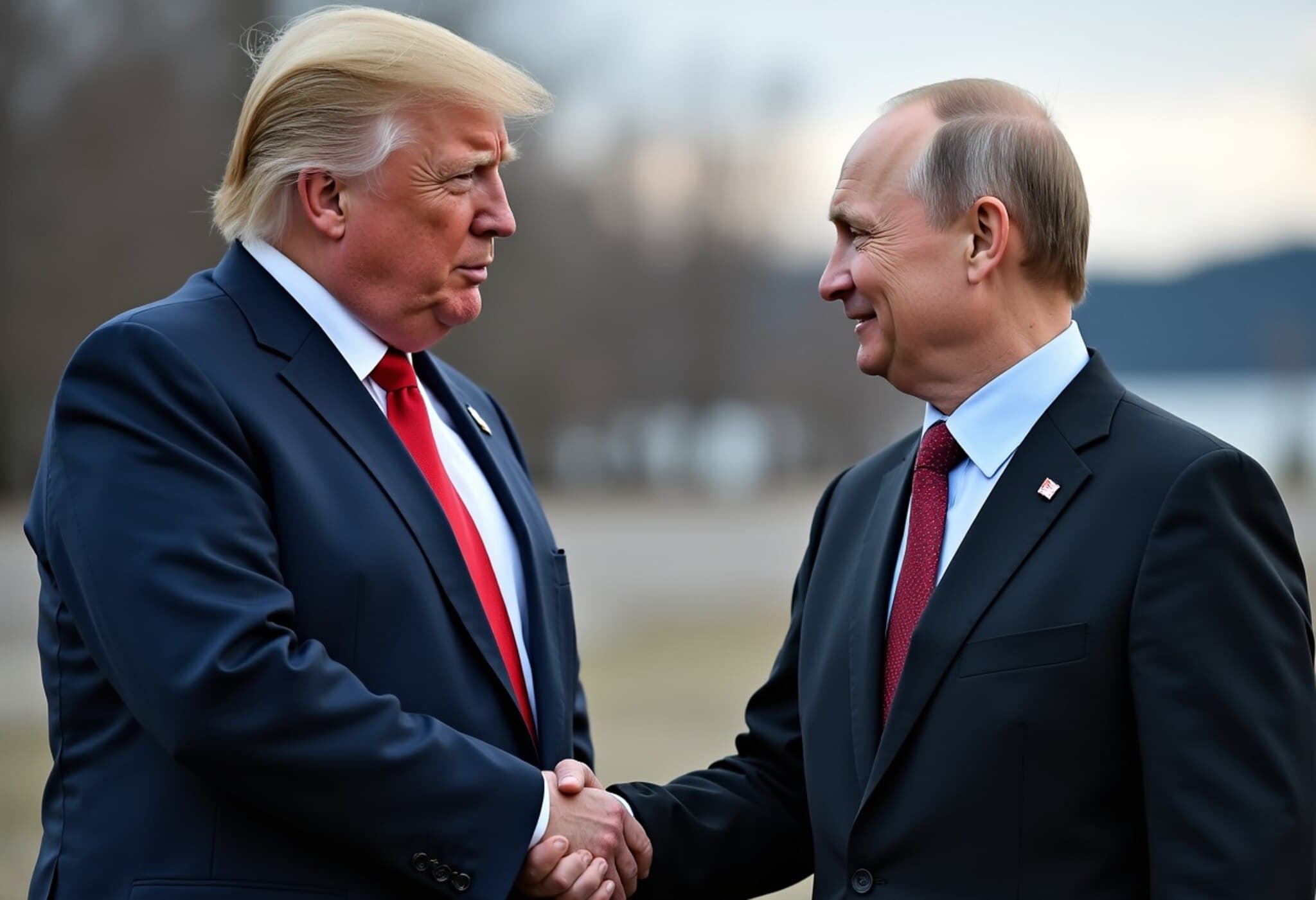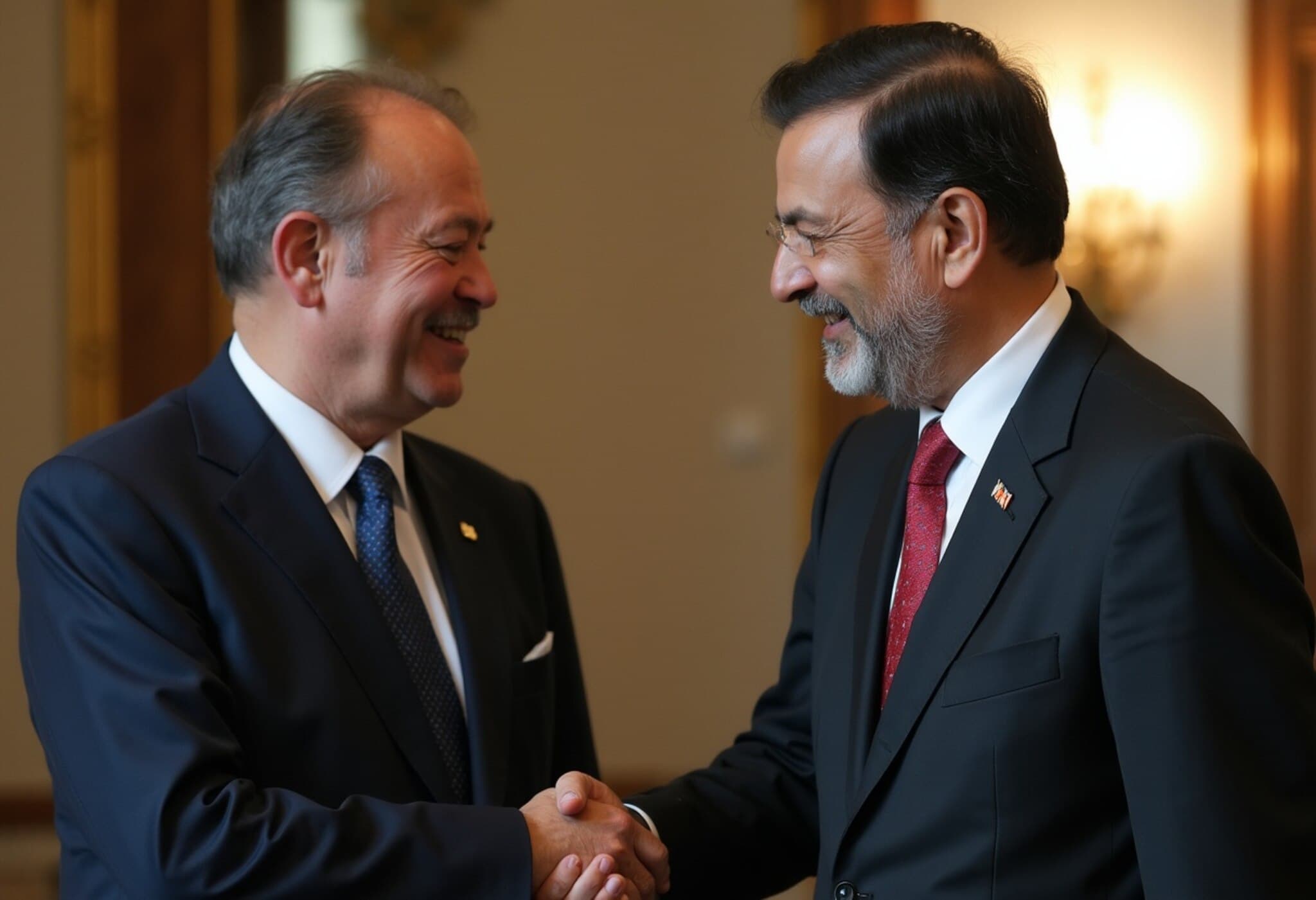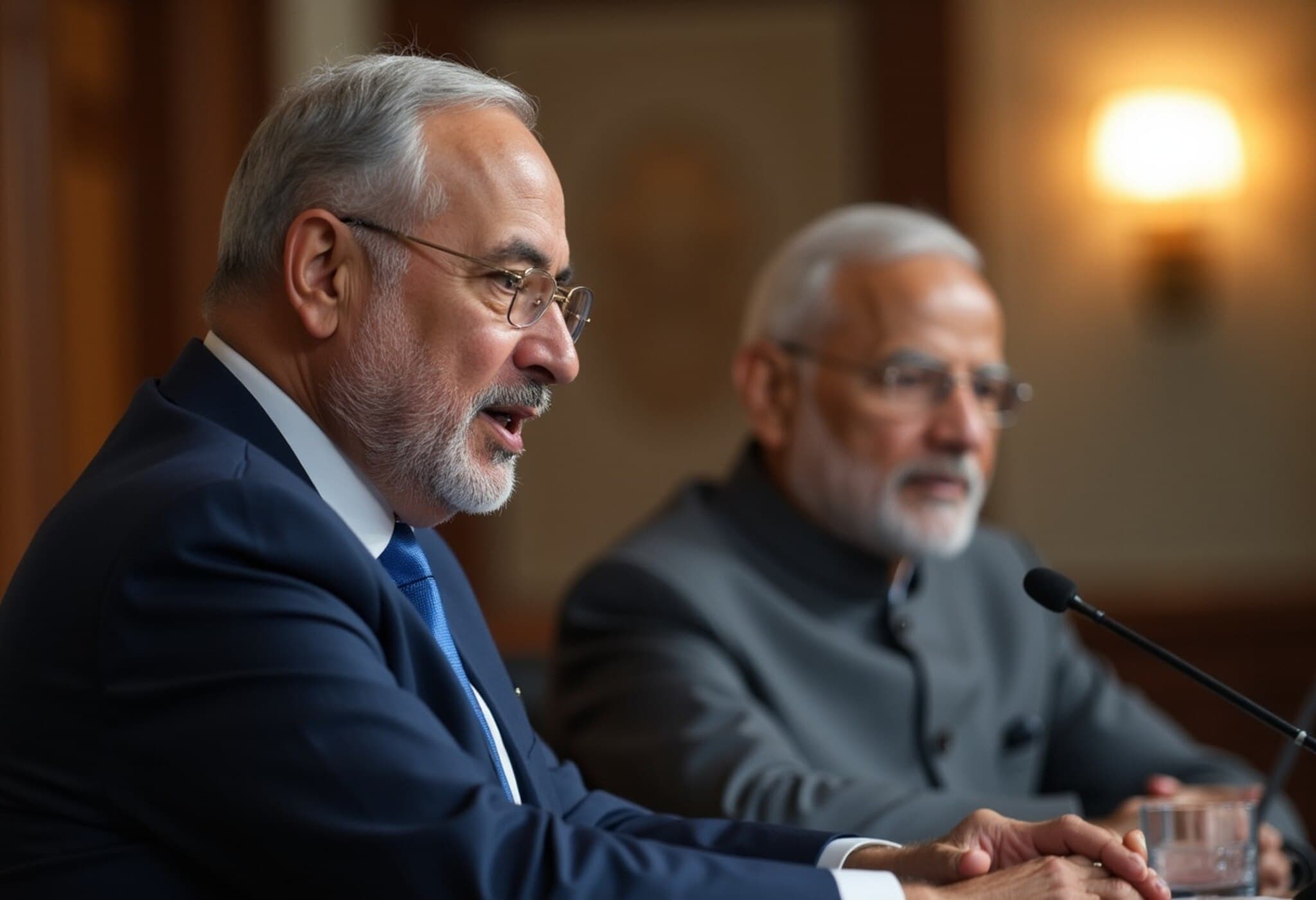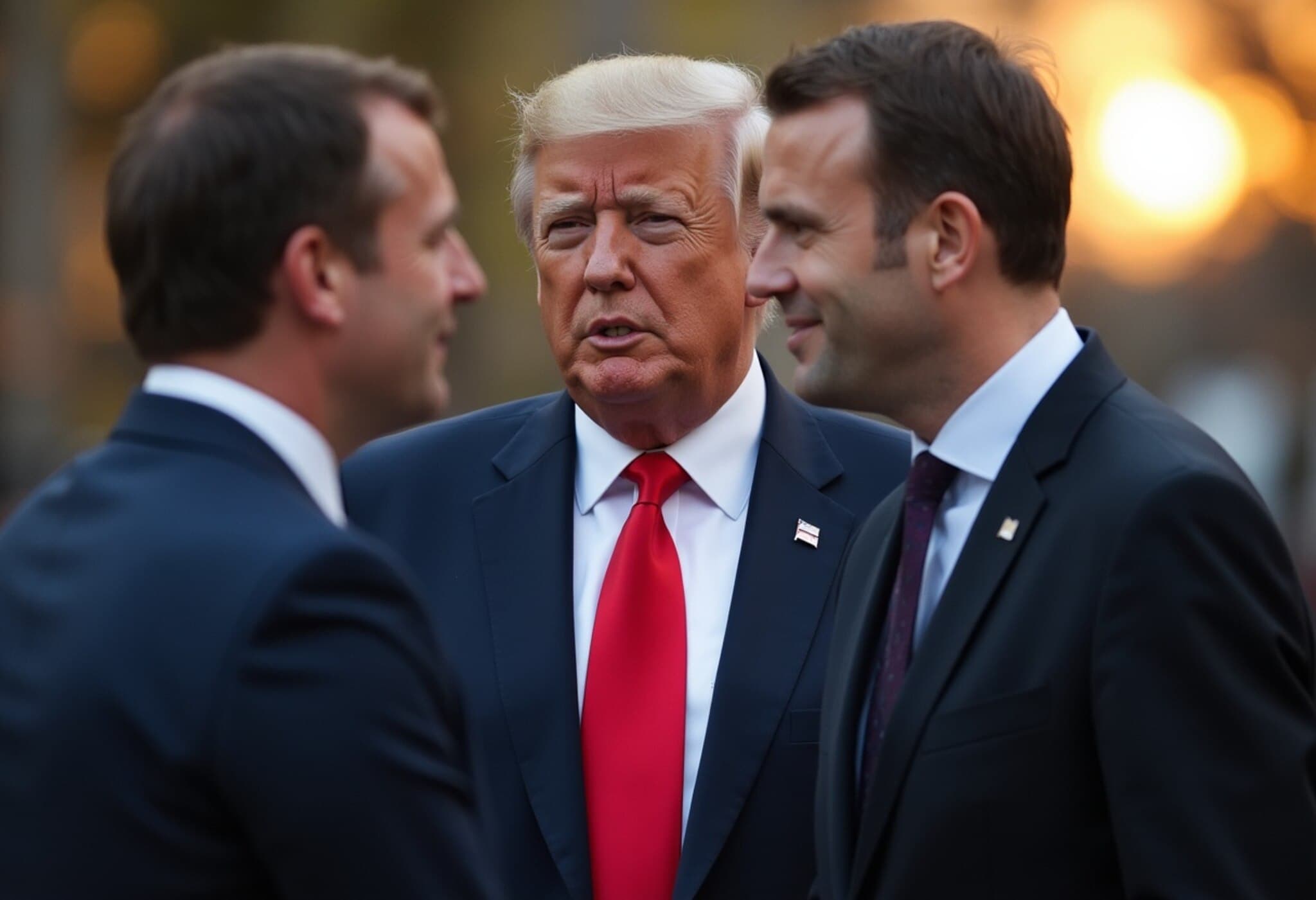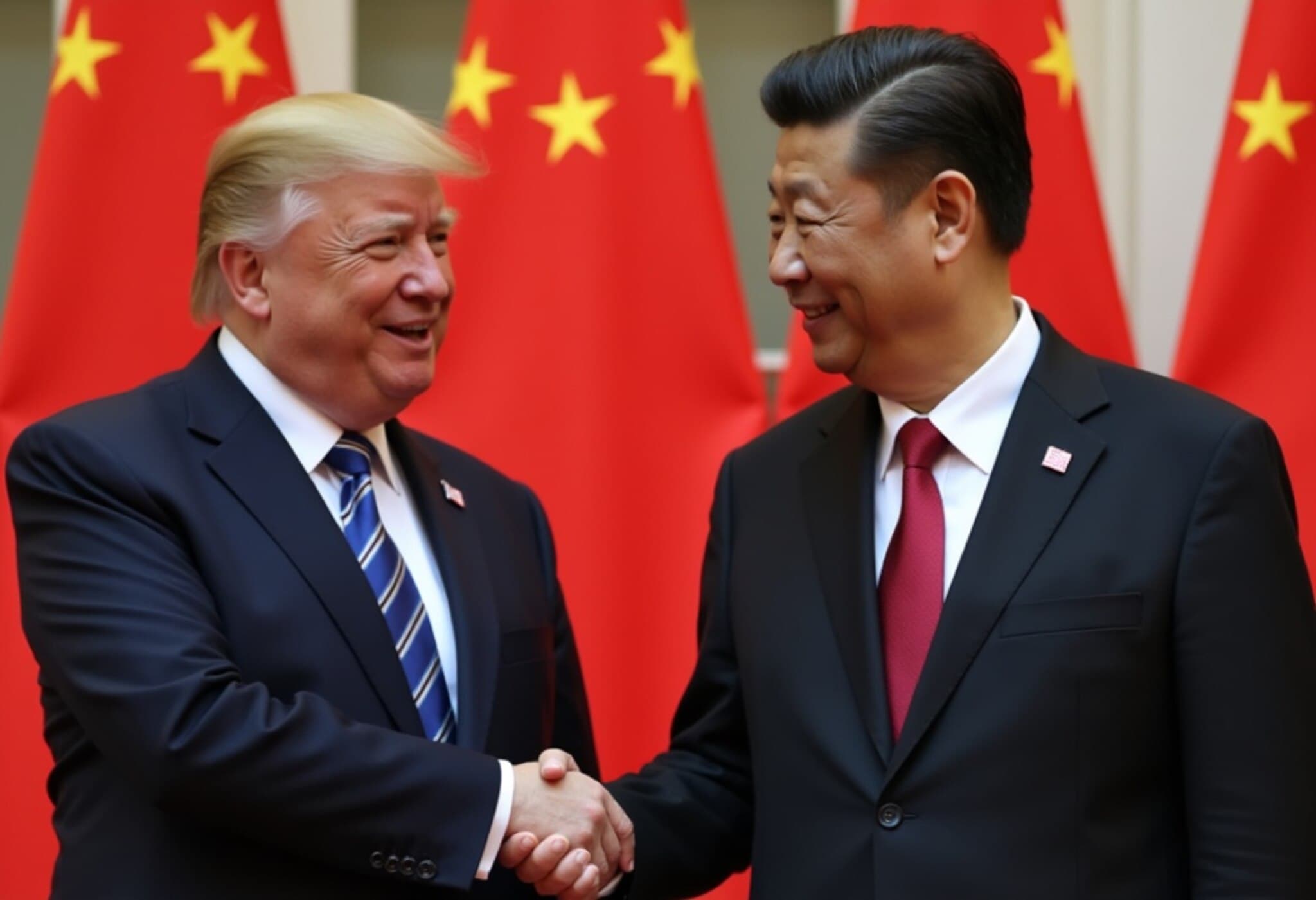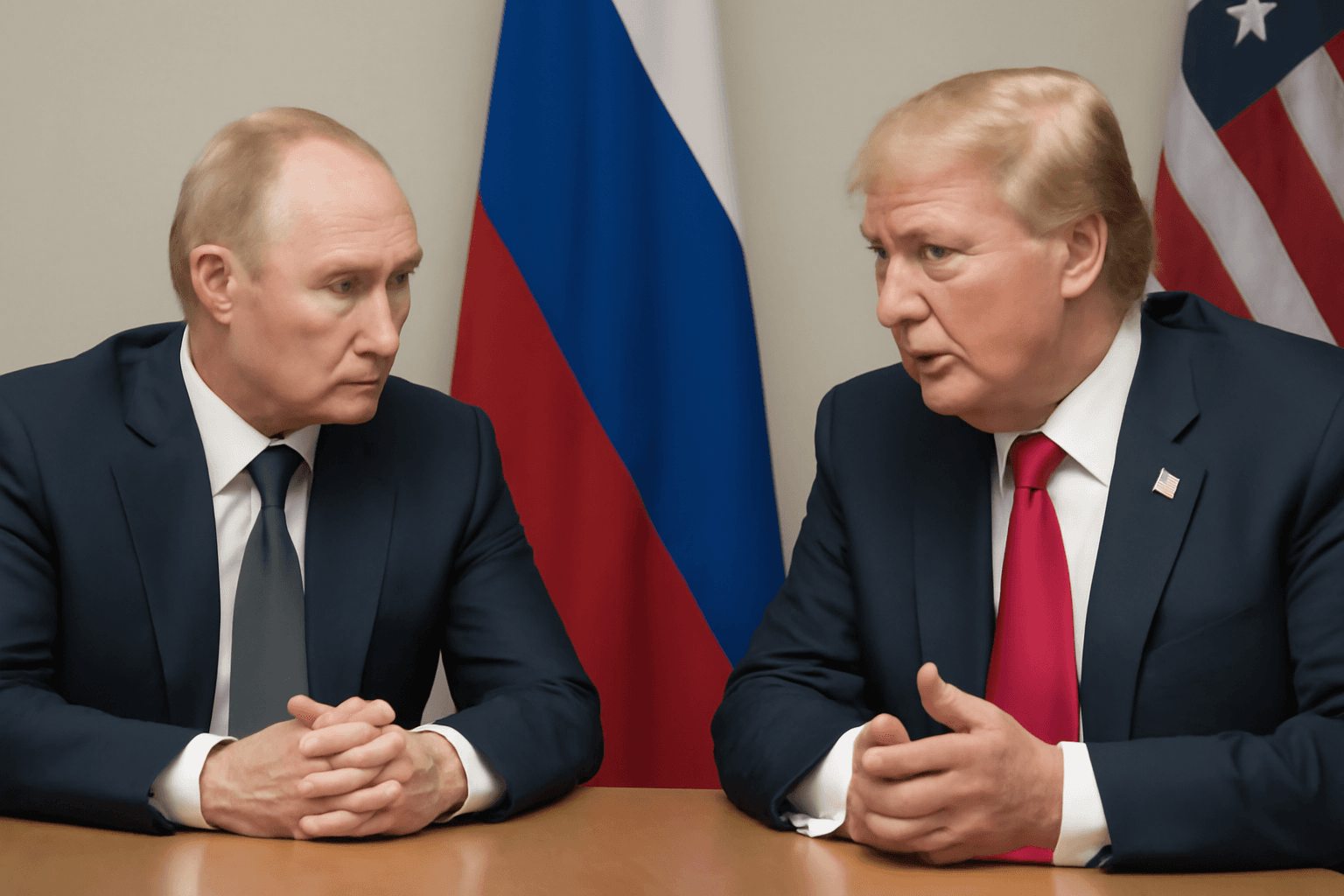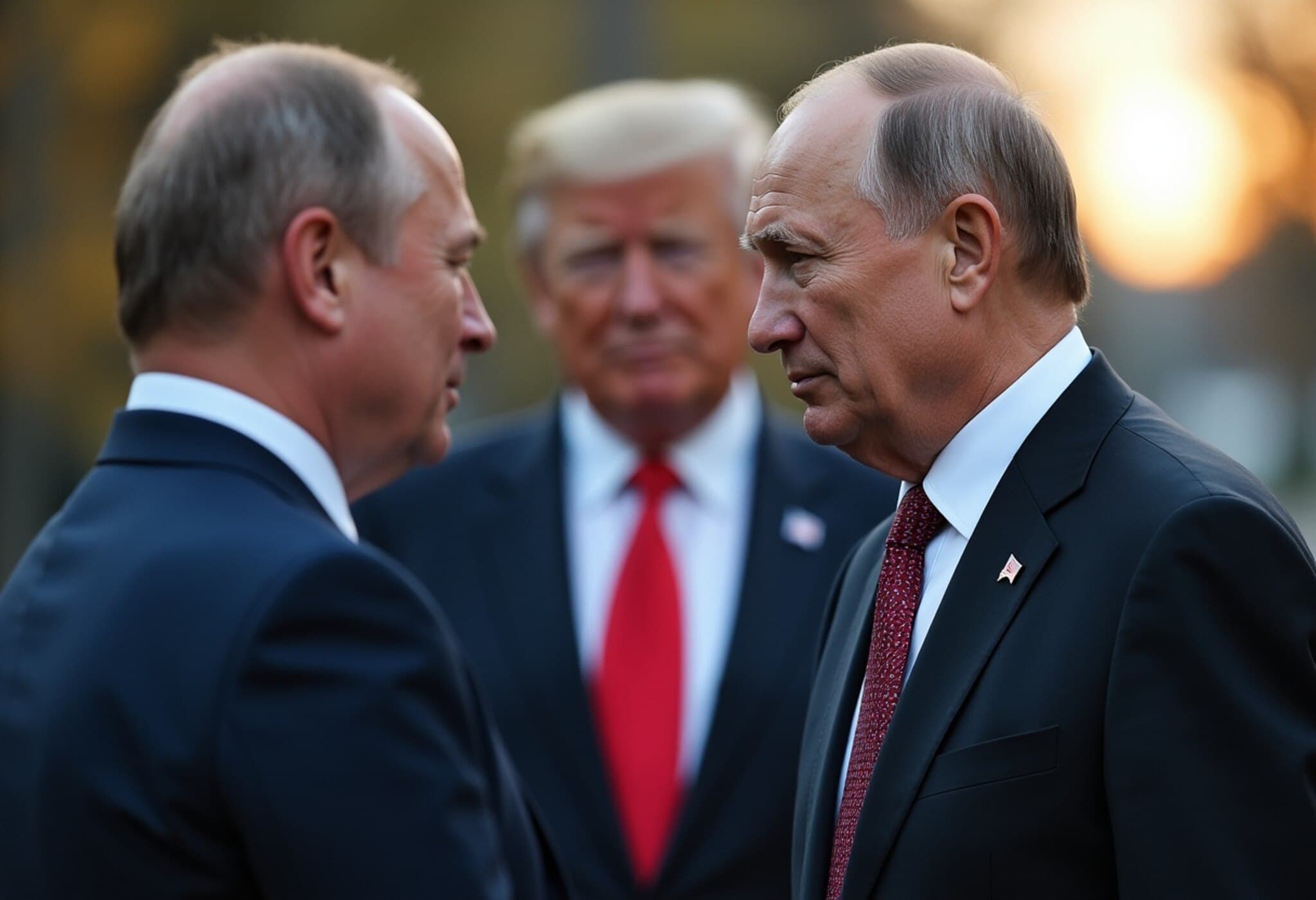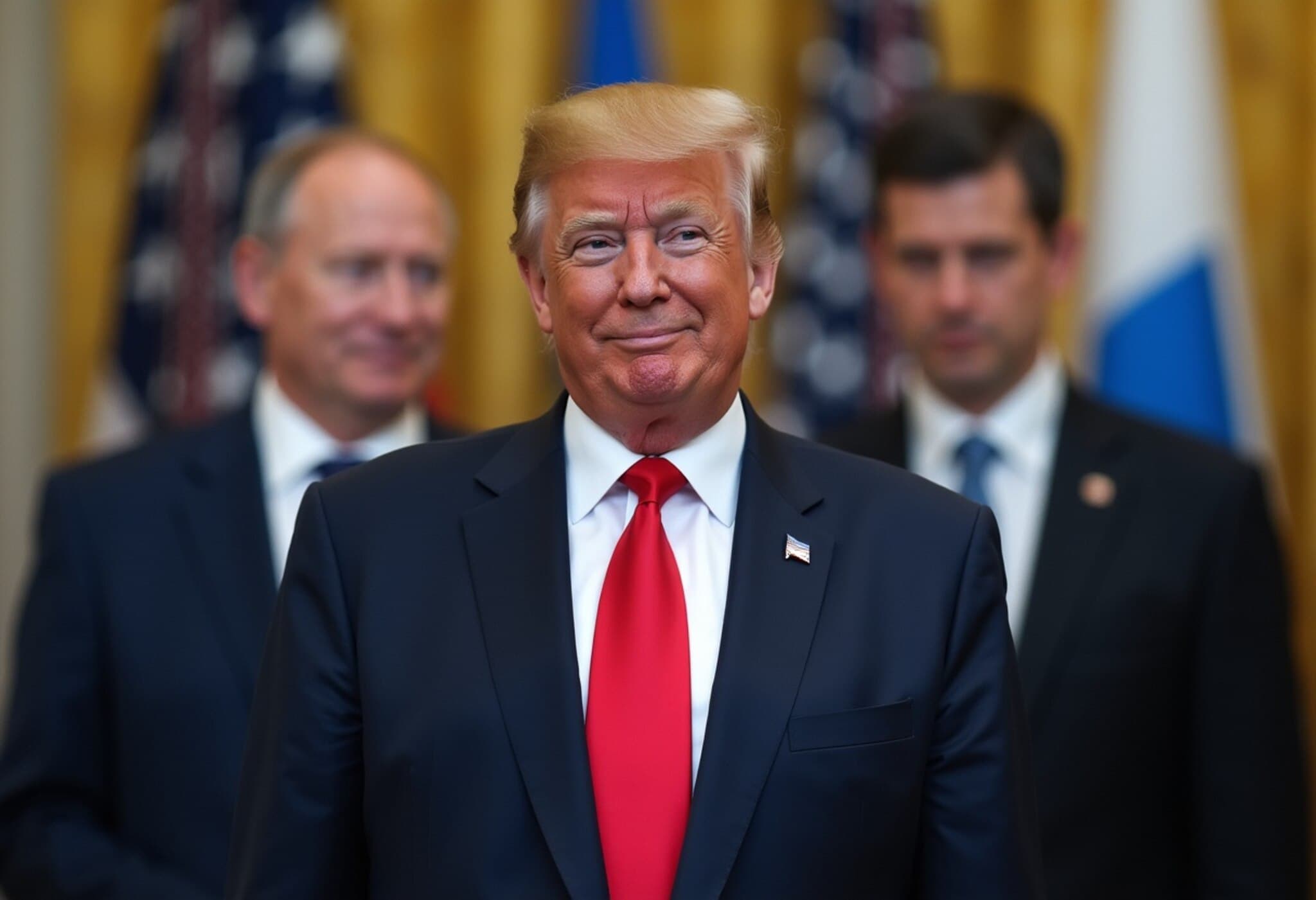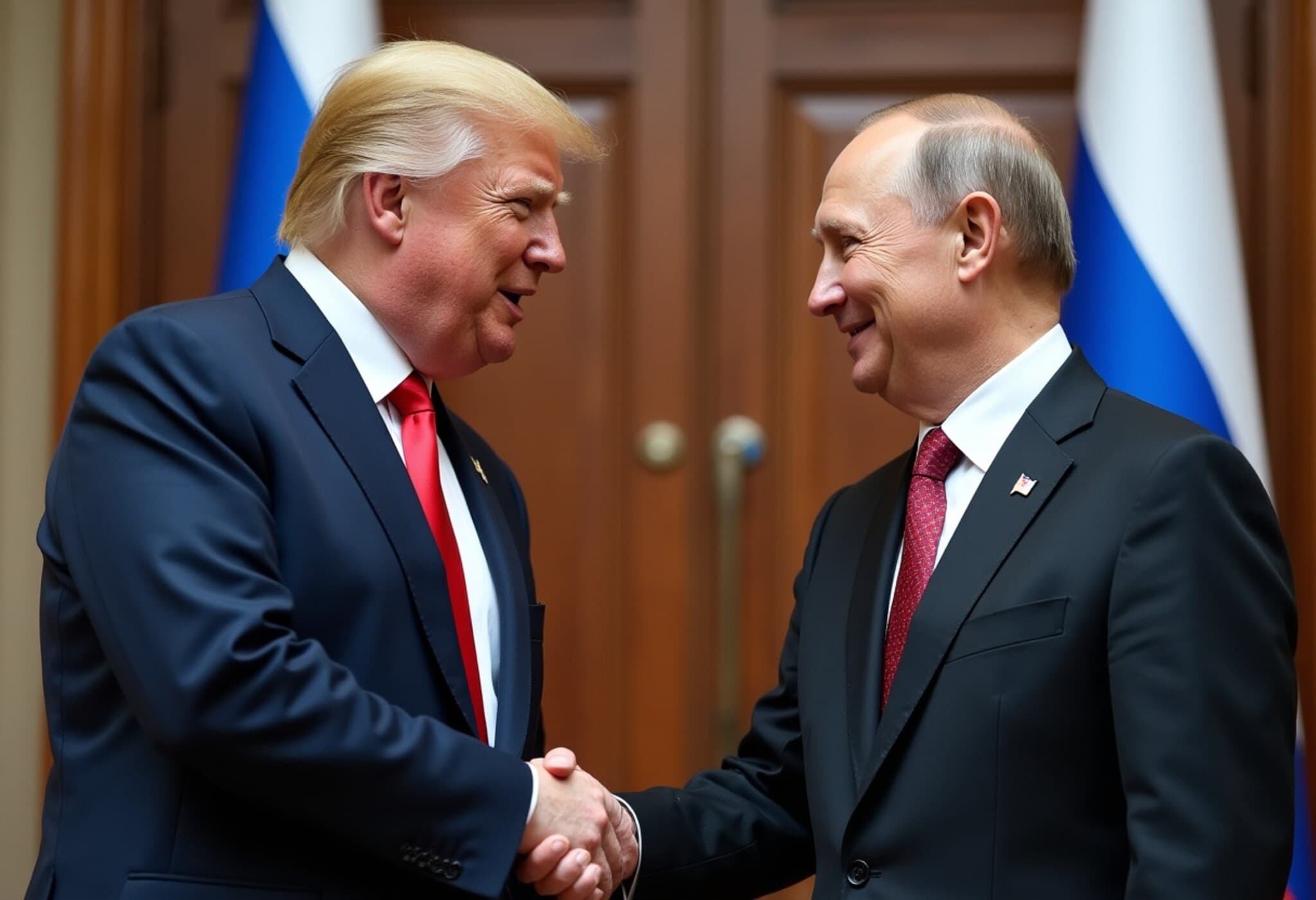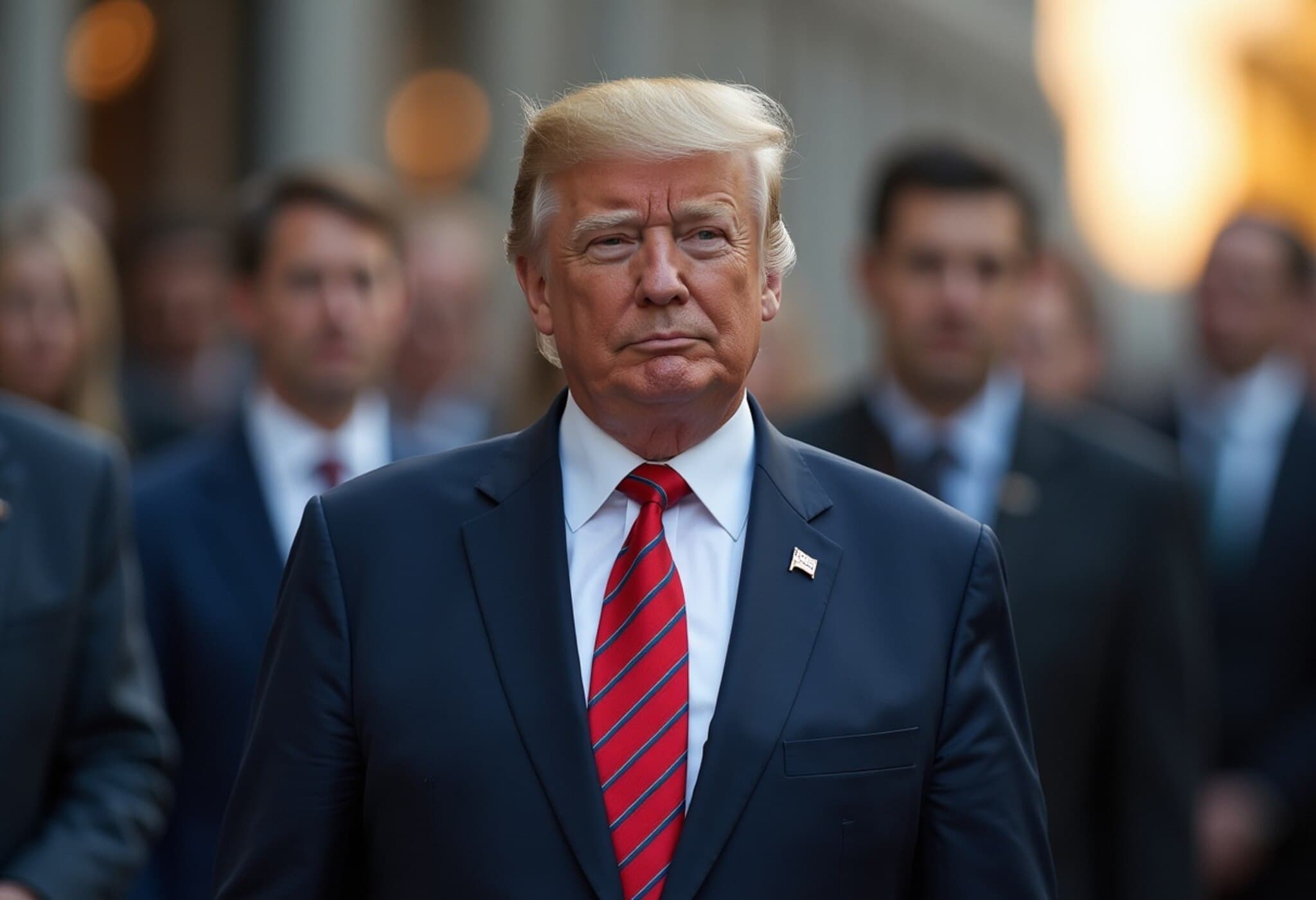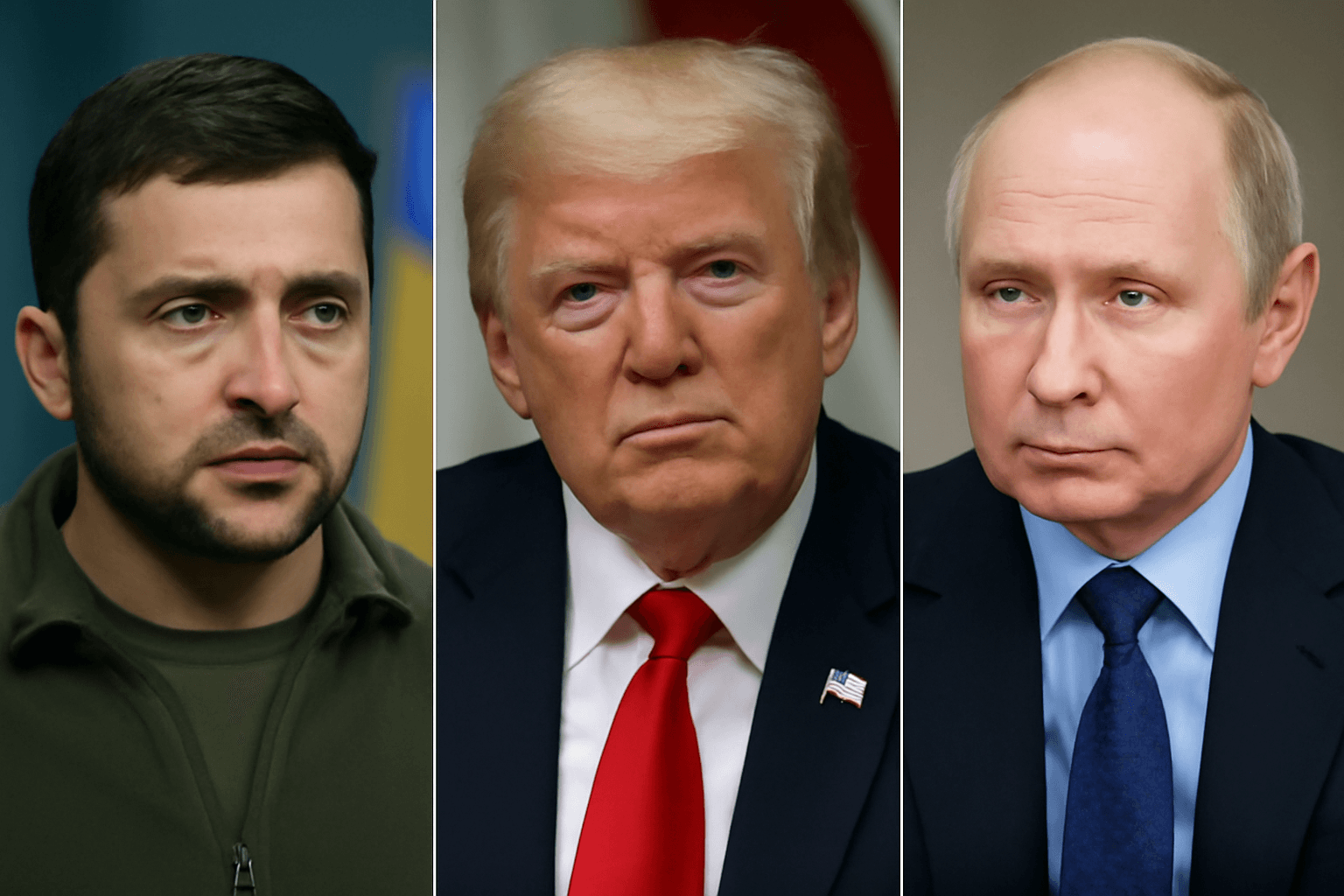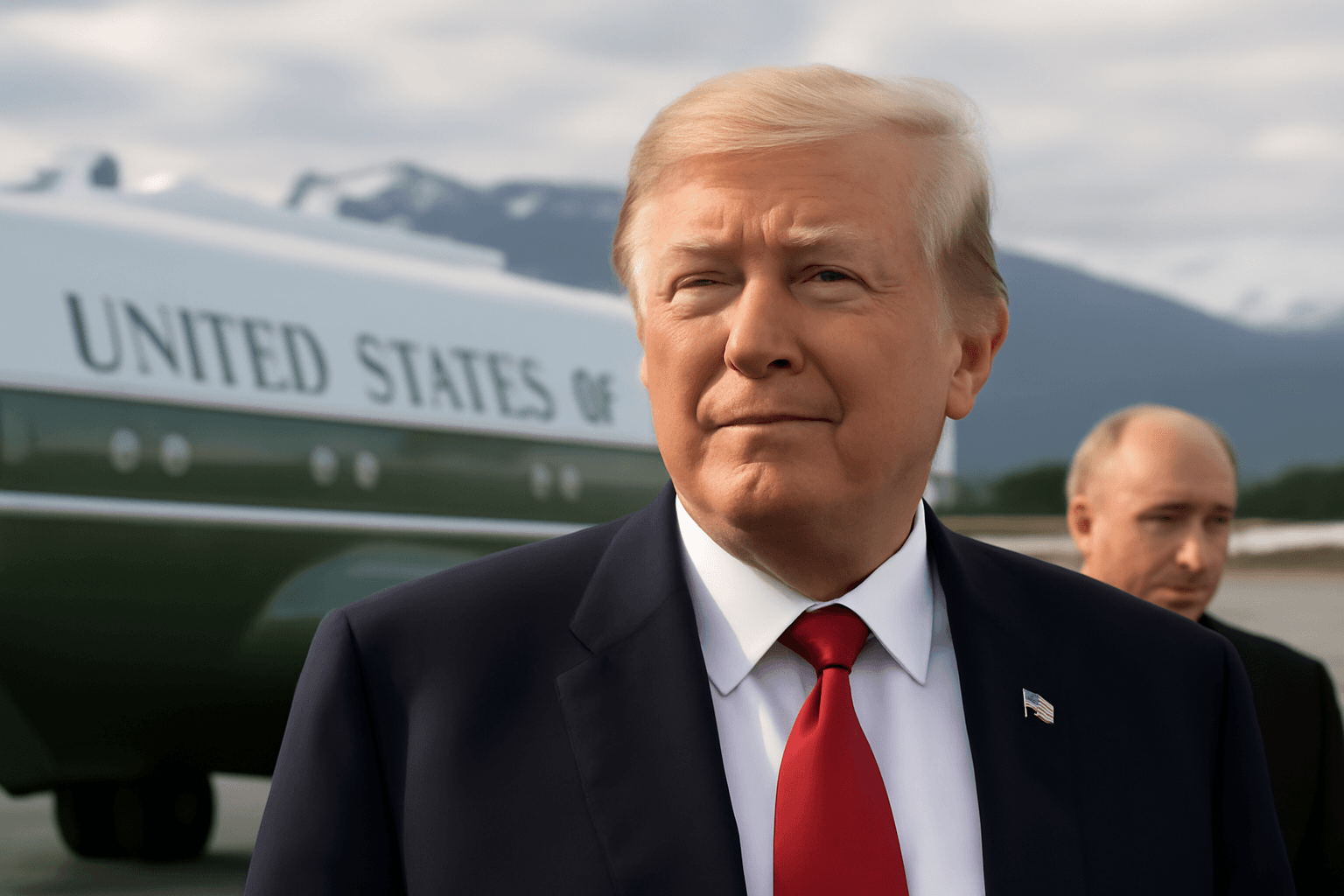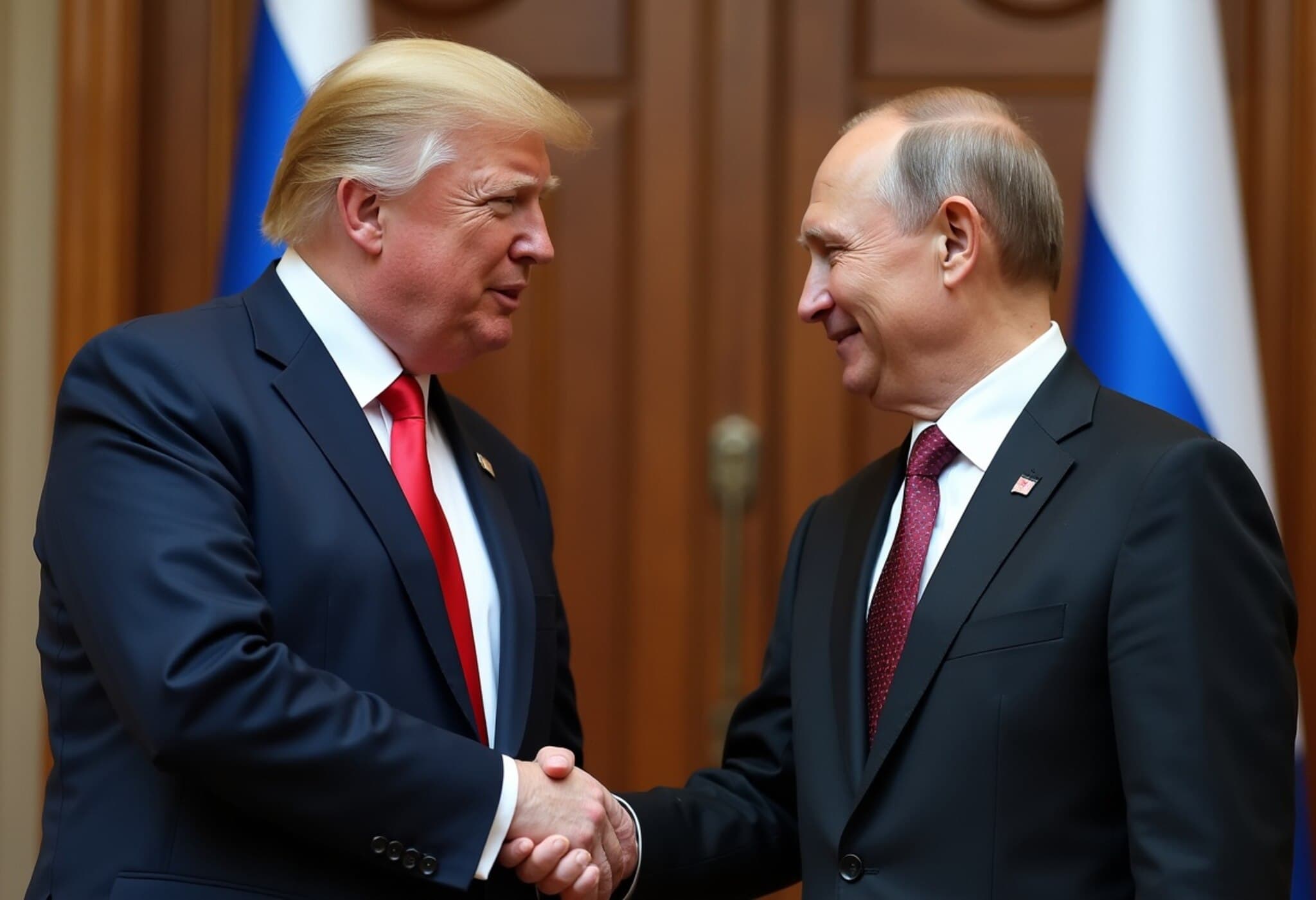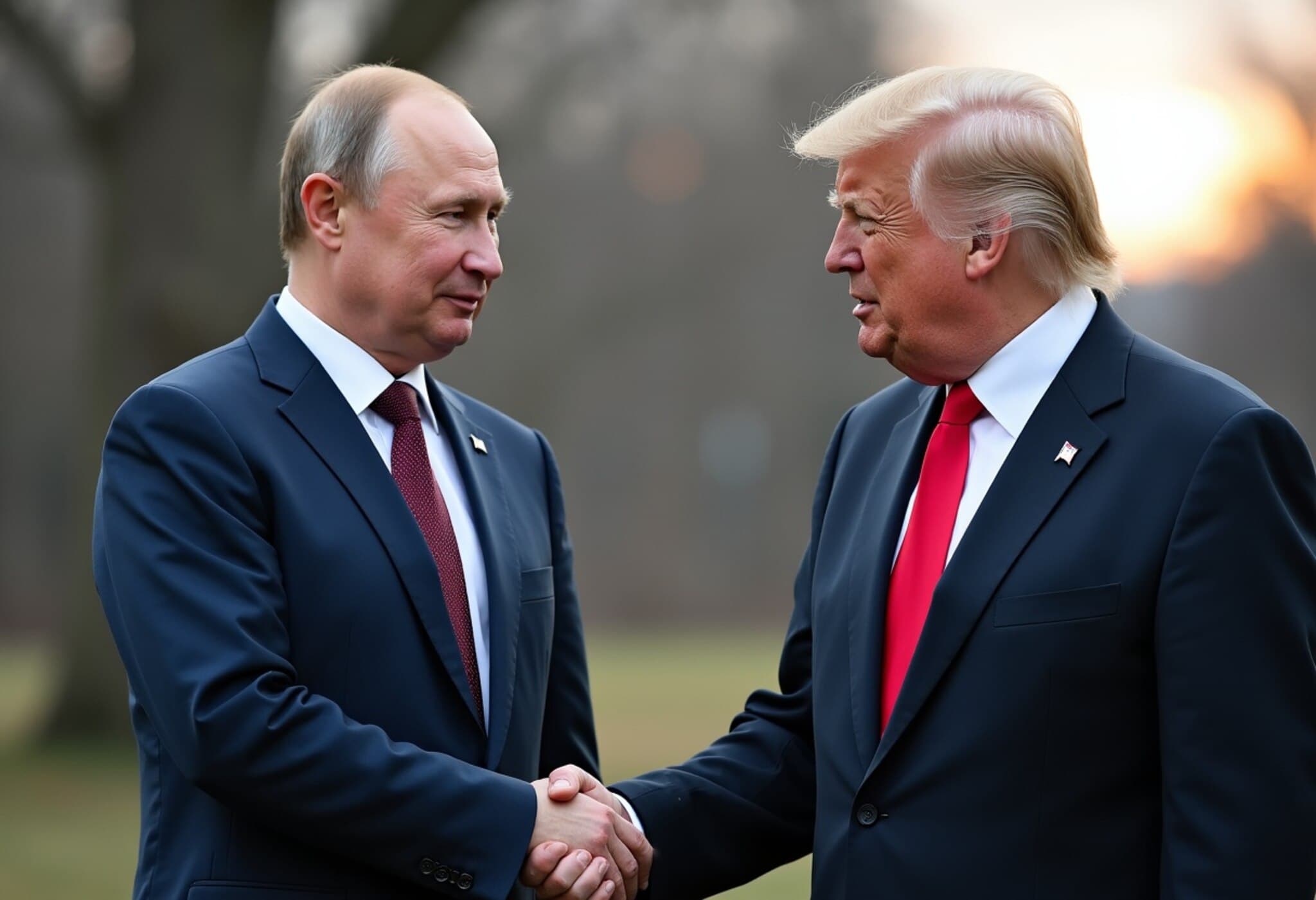Trump and Putin’s Alaska Summit: A Step Toward Dialogue Amid Tense US-Russia Relations
In a highly anticipated closed-door summit held in Anchorage, Alaska, U.S. President Donald Trump and Russian President Vladimir Putin sat face-to-face for over three hours. Their first public remarks following the meeting revealed a blend of cautious optimism and measured restraint regarding the future of U.S.-Russia relations and the ongoing conflict in Ukraine.
Putin Highlights the Need to Mend Broken Ties
Breaking convention, President Putin addressed the press first, reflecting on the dramatic erosion of bilateral relations. Describing the status quo as "the lowest point since the Cold War," Putin stressed the urgency to shift from mutual confrontation to constructive dialogue. ‘‘Sooner or later, we have to amend the situation,’’ Putin noted, emphasizing that the meeting was "long overdue." The choice of Alaska for these talks underscored the deep historical ties and the long, complex relationship shared between the two nations.
A central focus of their discussions was the situation in Ukraine, where Putin expressed hope that European nations and Ukraine would avoid sabotaging peace efforts. He conveyed appreciation for Trump’s "well-wishing tone," acknowledging that while both countries hold firm to their national interests, mutual respect is essential for progress.
Trump’s Pragmatic Approach: “No Deal Until There’s a Deal”
President Trump described the dialogue as "very productive" and referenced several agreements reached behind closed doors. Yet, he was forthright in acknowledging lingering major issues that remain unresolved. Reinforcing his signature negotiating stance, Trump declared, "There’s no deal until there’s a deal." He indicated plans to update NATO allies, Ukrainian President Volodymyr Zelenskyy, and key members of his administration, including figures like Marco and Steve, signaling the multilateral dimension this negotiation needs.
Trump’s focus on coordination with NATO and Ukrainian leadership reflects a pragmatic understanding that the path to peace in Ukraine is not unilateral but requires complex consensus-building.
Looking Ahead: The Diplomatic Road Remains Challenging
Although the Alaska summit didn’t culminate in an immediate resolution, the tone set by both leaders—emphasizing progress and ongoing dialogue—is significant. Putin’s closing remark, "Next time in Moscow," not only extends a diplomatic invitation but also symbolizes Russia’s desire to regain its footing on the world stage following years of isolation related to the Ukraine conflict.
For Trump, the summit presented an opportunity to push for meaningful negotiations towards ending the war in Ukraine, maintaining channels open for future talks possibly involving President Zelenskyy directly. Both sides appear committed to keeping the door open for dialogue, yet the complexity of geopolitical realities means that breakthroughs will likely be incremental.
Expert Commentary: A Delicate Balancing Act
From an American policy perspective, these talks represent a cautious recalibration. While there is strategic value in engaging Russia directly to de-escalate conflict in Ukraine, the absence of concrete agreements underscores how deeply entrenched the divisions remain. There are risks that enthusiasm for dialogue could overshadow the need for accountability and clear benchmarks, especially regarding Russian actions in Eastern Europe.
Moreover, the U.S. domestic political landscape, with ongoing debates about foreign policy priorities, may influence how these dialogues evolve. Diplomatic progress often demands patience, and these meetings are just early steps in what could be a protracted process.
What Was Unsaid: The Underreported Dimensions
- The Role of Sanctions: The discussion noticeably skirted around the sensitive matter of economic sanctions, a primary tool used by the West in response to Russian actions in Ukraine.
- Humanitarian Concerns: While political and military issues dominated, less attention was given to the human toll of the conflict, which remains a critical factor for any durable resolution.
- Internal Political Pressures: Both leaders face domestic constituencies with conflicting expectations, which may limit flexibility in negotiations.
Editor's Note
The Alaska summit between President Trump and President Putin marks a pivotal moment amid a fraught geopolitical landscape. While no immediate breakthroughs were announced, the willingness to engage—even quietly—should not be underestimated. However, the path ahead is fraught with complexity, demanding not only diplomatic skill but also clarity on core principles such as sovereignty, respect for international norms, and the human consequences of conflict. Readers should watch closely how these engagements develop, questioning what tangible changes lie beneath the rhetoric and what the evolving U.S.-Russia dynamic means for global security.
As the world looks forward to "next time in Moscow," the enduring question remains: can dialogue translate into meaningful progress, or will longstanding divisions continue to stall peace?

